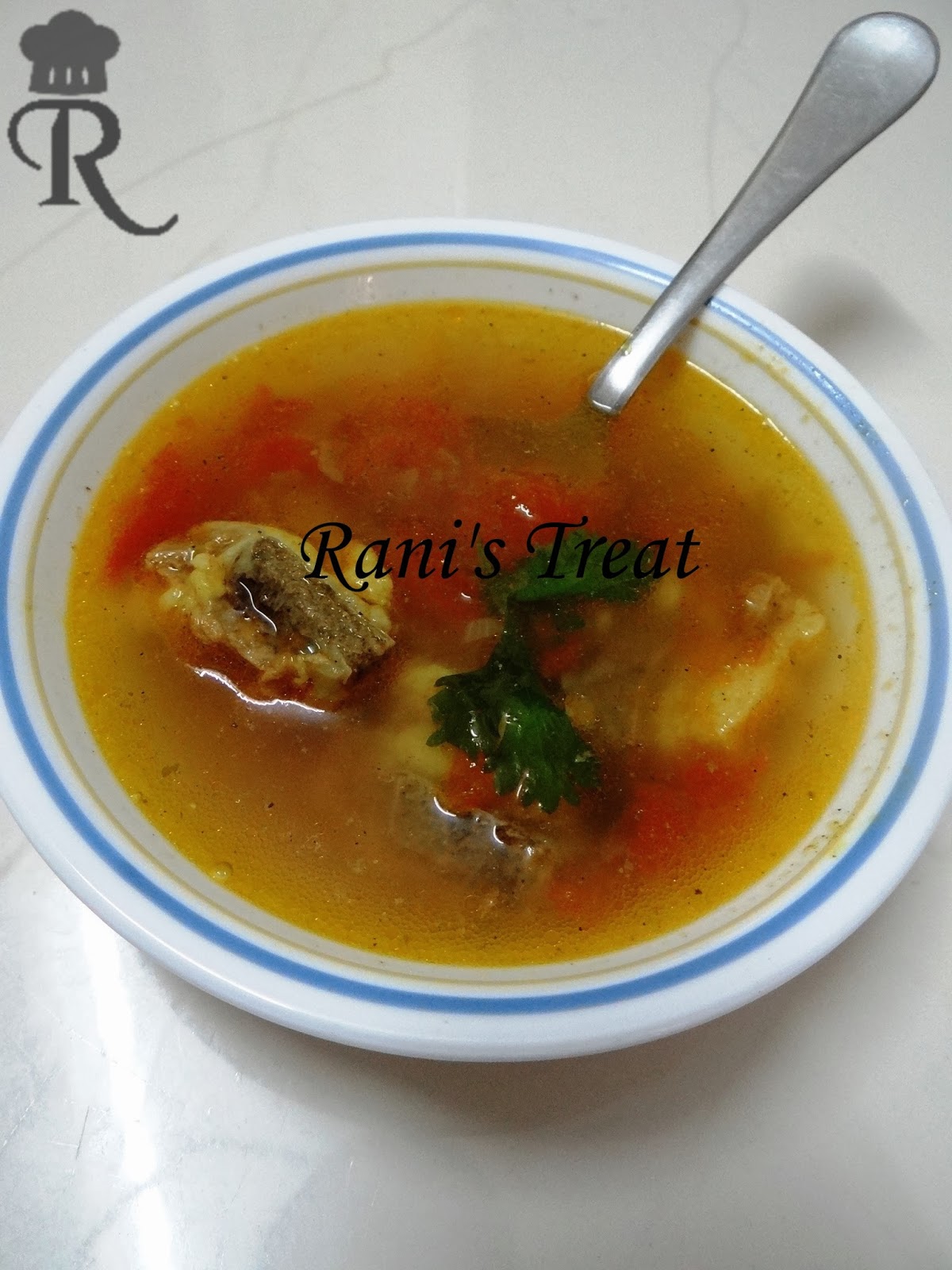August 15th – the Independence
Day… A day that has to be remembered by everyone but is now just a mere holiday
- a holiday on which most people seem to stick to their couches watching telecasts
of newly released films. This is a sad turn of events. Even schools don’t seem
to be functioning on this day – there is no flag hoisting. The sad part is,
many schools don’t even have a flag pole for flag hoisting.
Back in the days, the
Independence Day was not a mere holiday. It was a day of national pride. We used
to go to the school early in the morning for flag hoisting. For this one-day
event, we would start preparing at least a month before. Our PT teacher was the
leading lady of the day and she would organize everything, from the march past
to the bands and drills. We had practice sessions every day, with two periods
in the evening being exclusively allotted for this practice. The day before,
our PT teacher would instruct everybody to come in neat uniform and on time.
She would end it with a warning telling us that if we were absent that day, we
had to bring 20 rupees as fine the next day ("எல்லாரும் நீட்டா யுனிபார்ம்ல கரெக்ட் டைமுக்கு வரணும். நாளைக்கு எவள் எல்லாம் வரலையோ 20 ரூபாய் பைன் கொண்டு வரணும்"). This
warning always had its intended effect and thus, on the Independence Day, one
could expect 100% attendance.
Some of us on the student council
team (scouts, guides and council members) who were given extra responsibilities
like tethering the flag, flower arrangement, distribution of chocolates, etc.,
had to arrive earlier at the school than others. The tasks these volunteers had
to perform sound simple on paper. You may even ask what is so great about tethering
the flag to the pole. Well then, listen closely… there is a secret to tying
knots so that when the rope is pulled, the flag gets released in the right
position. This we knew, thanks to Guides training. I did not appreciate this
‘secret’ until I saw the flag hoisted upside-down on TV.
Once all the students had
assembled neatly in straight files, we would be given a small flag to pin onto
our uniform. We would then await the arrival of the Chief Guest with time dragging
much more slowly due to our excitement. After this long wait came the main
events - the March-past, and the flag hoisting event. Following the cry of
‘Flag Salute!’ we would look up to the flag and salute it with reverence. Then
came the Chief Guest’s speech and my most favorite part of the day - chocolate
distribution. The one single chocolate we received was something we treasured.
After returning home, we would watch
the parade at Red Fort on DD Channel along with our dad. Viewing this enthused
us and created in us a fire to make the next year’s celebration even better. We
also came to know about the importance of independence. The Channel would then
telecast the movie ‘Gandhi’. I cannot
count the many times I’ve watched that movie.
I’m sure reading all this brought back
memories for many of you, of the times when the Independence Day was celebrated
in full glory. That said, it is sad to see that the importance of the
Independence Day has been dethroned. I feel that it is our job to educate our
kids about the importance of Independence and raise them with a spirit of
patriotism.
Happy Independence Day!!!
Being a food blogger , I wanted to
share a recipe on this special day. For morning breakfast , I wanted to make something simple with the ingredients available at home, so I made a healthy drink which I dubbed the 'Tri-colour smoothie'. Here is the recipe.
Ingredients:
- Banana - 1 No.
- Spinach
- 5 leaves
- Vanilla
Ice cream - 2 scoops
- Carrot - 2 Nos.
- Honey -
1 tsp
- Milk
as required
Method:
Cut
the banana and put it in a blender along with spinach and whip it until both gets blended well by adding few drops of milk. Peel the carrot and grate it in a fine grater. Mix the carrot gratings with honey. Take a glass, fill the bottom layer with green banana
smoothie, middle layer with Vanilla ice cream and the top most layer with
carrot.
This
tri colour smoothie will give you all the energy you want for the whole day. So
this is an ideal breakfast for lazy holidays. Spinach when eaten raw gives all nutritional benefits from the greens. Kids will love it because of this colourful combo , they won't identify that you have added greens in this smoothie. But this smoothie is big 'No… No….' for diabetics and those who are on diet.
Enjoy
Independence Day with this Tri-colour Smoothie!!
Note:
The sweetness of banana itself is enough for this, so i didn't add any extra sugar. If you want you can add little sugar while grinding banana and spinach.
















